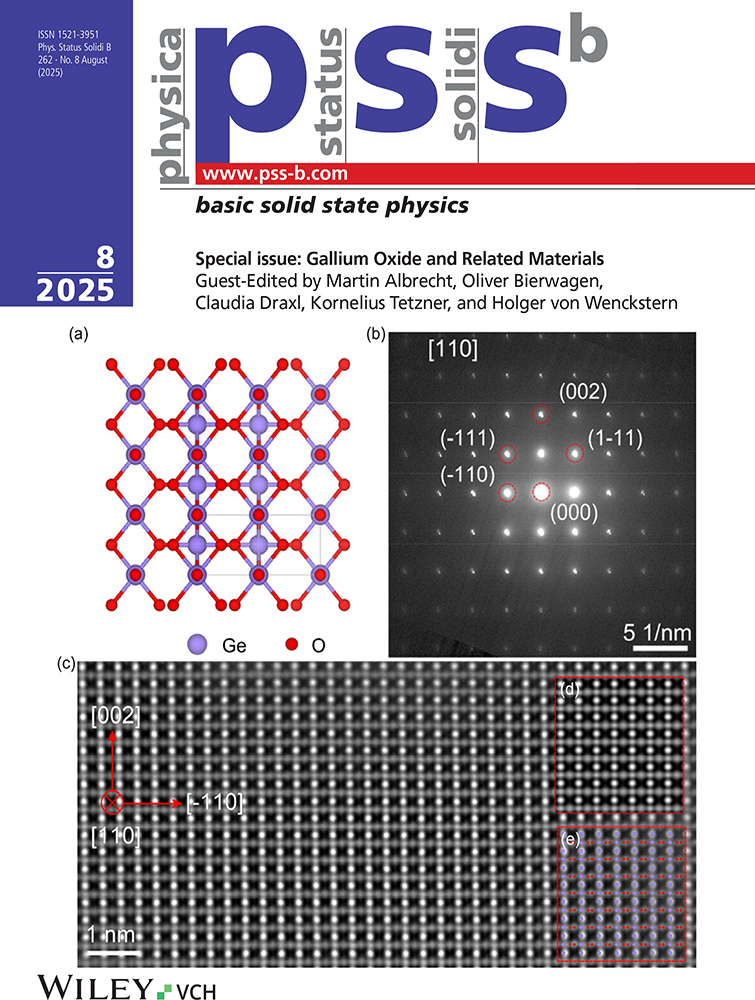In-Plane Paraconductivity of Bi2Sr2CaCu2O8 Single Crystals with Different Resistivity Anisotropies
Abstract
Superconducting fluctuations have been studied by systematic measurements of the in-plane paraconductivity in Bi2Sr2CaCu2O8 single crystals with different resistivity anisotropies. It has been observed that the interlayer coupling strength decreases dramatically with the anisotropy of the sample, which significantly influences the dimensional behaviour of the in-plane paraconductivity. For all the samples studied, the in-plane paraconductivity is in good agreement with the Lawrence and Doniach model. For the sample of highest resistivity anisotropy, the behaviour of the in-plane paraconductivity is basically two-dimensional, but deviates significantly from two-dimensional behaviour as the resistivity anisotropy decreases.




